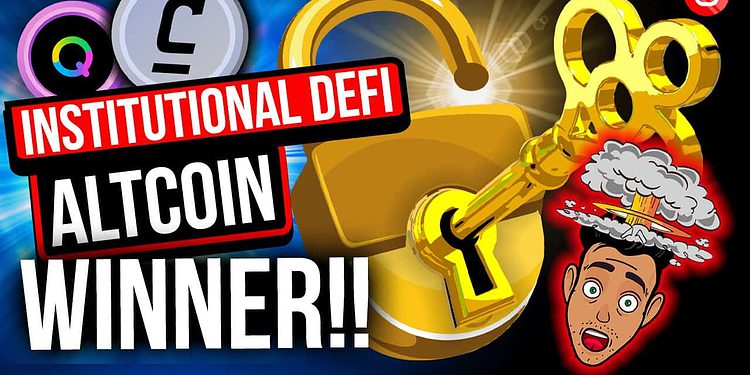Qredo (QRDO) is a cross-chain protocol for asset managers and traders which has been gaining attention in the last while. We take a look at why, and how it all works.
- Qredo tech and why it’s important
- Qredo’s use cases aka why banks love the idea
- Future possibilities
Qredo tech and why it’s important
Qredo is a Layer-2 protocol that uses the same consensus engine as Cosmos—Tendermint—as the asset tracking and authorization layer. It provides Tier-1 security and eliminates the risks that come with private key management by using consensus-driven multi-party computation (MPC) and a decentralized custody solution.
To quote the Qredo website, “Ownership of the digital asset—which could be a security token, a utility token, or almost any cryptocurrency—is recorded on the Qredo blockchain via a corresponding set of secure secrets held by MPC nodes. These MPC nodes sign transactions in a secure distributed way, without the need for a private key.”
What exactly does this mean? Usually, your wallet’s private key gives you access to your funds on the blockchain. This introduces some centralization risk since one person holds the key.
Now, imagine you are a large institution with millions of dollars in digital assets. Would you want to take the risk of having whoever is in charge of trades being the person who looks after your private key?
Qredo takes away this risk by distributing the private key in pieces to nodes in its ecosystem. When it’s time to use the funds in the wallet, it pools together the different pieces of the private key in a decentralized way. This eliminates the risk you would normally have with a single private key. And institutions are loving it!
Why does this matter? Back in 2018, Gerald Cotten, the co-founder and CEO of the Canadian exchange QuadrigaCX died in India along with his digital wallet password. You could say he went to the grave with investors’ money.
Qredo’s use cases
Decentralized custody and DeFi
The Qredo network perfectly complements DeFi protocols and applications, which makes it easy for companies that have governance workflows and compliance issues (traditional banks, anyone?) to adopt.
The network’s DeFi proxy software keeps users on the decentralized application’s UI, while being connected to the Qredo network. So, basically, all transactions are re-routed to pass through the Qredo network, where transaction encryption, workflow approval, signature aggregation and validator verification take place.
This process ensures that firms are in line with their compliance and governance requirements. So, yes, finally a safe way for traditional banks to get into DeFi.
Decentralized trading
With Qredo’s wallet, you can store your assets and connect to different centralized exchanges and their underlying blockchains without having to open an account on these exchanges. Qredo can operate as a Layer 2 solution for nearly any blockchain because Tendermint, which it is built on, is blockchain agnostic.
Future possibilities
Qredo has been making waves in crypto space and it has garnered a lot of attention from the crypto community. It even has a solid backing from the Terra community. Meaning more adoptions and use cases. More people are also going to invest in the token and this ultimately translates to an increase in price, and more money for early investors.
With its recent investments and partnerships with institutions like MetaMask Institutional (MMI), HedgeGuard and X-Margin, the network moves closer to its goal of unlocking secure credit for institutional digital asset trading.
Also, with the recent announcement of the new innovation unit named Qredo Labs, it is certain that the Qredo team only has their eyes set forward. Part of the lab’s objective will be the development of the Version 2 of the Qredo Network. With the QREDO network, there is certainly more to come.
Banter wisdom
With the pace at which Qredo is moving, and the problems it aims to solve, it would be a wise investment decision to find a good entry point to buy the token. QRDO is definitely heading for a bull market in 2022.






